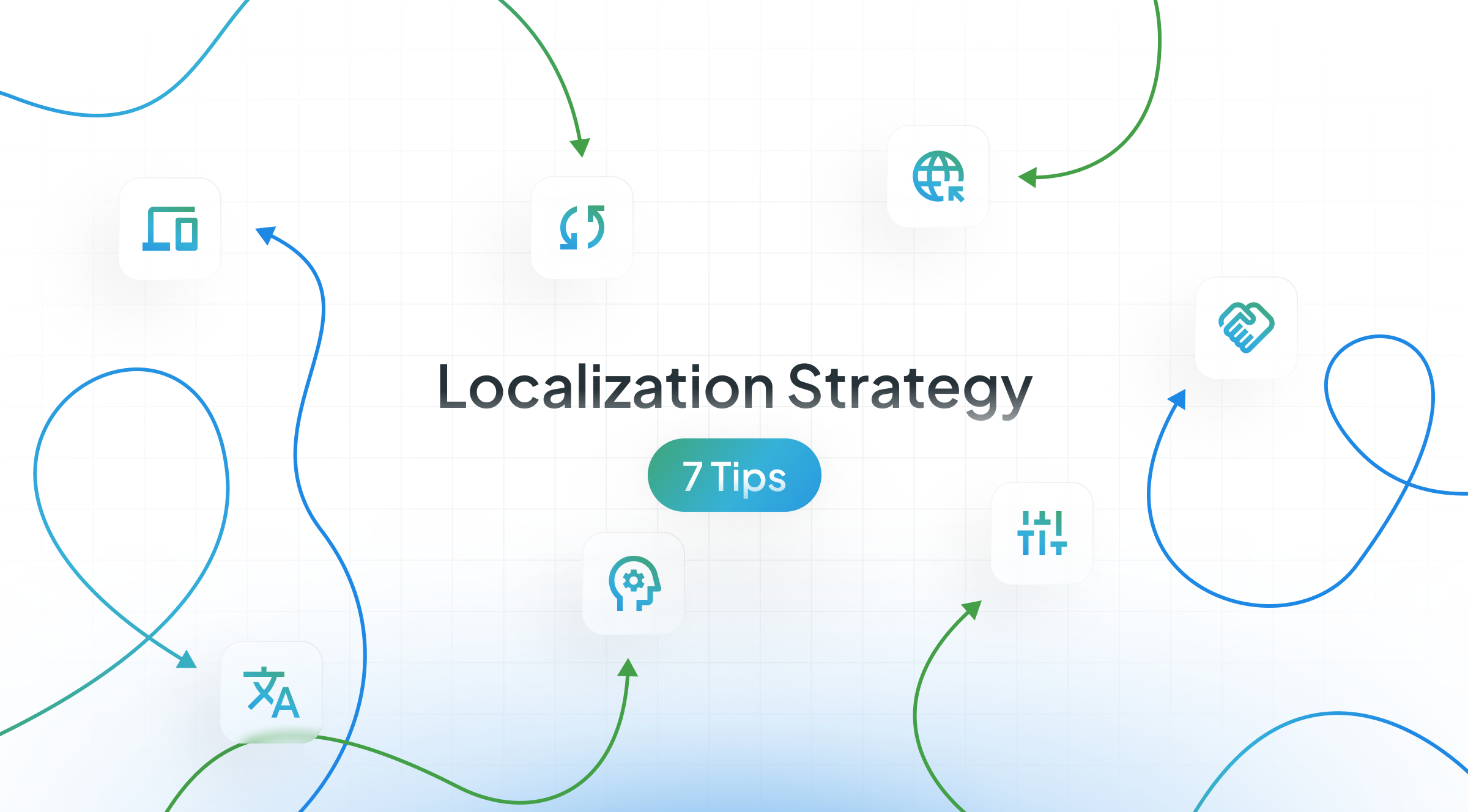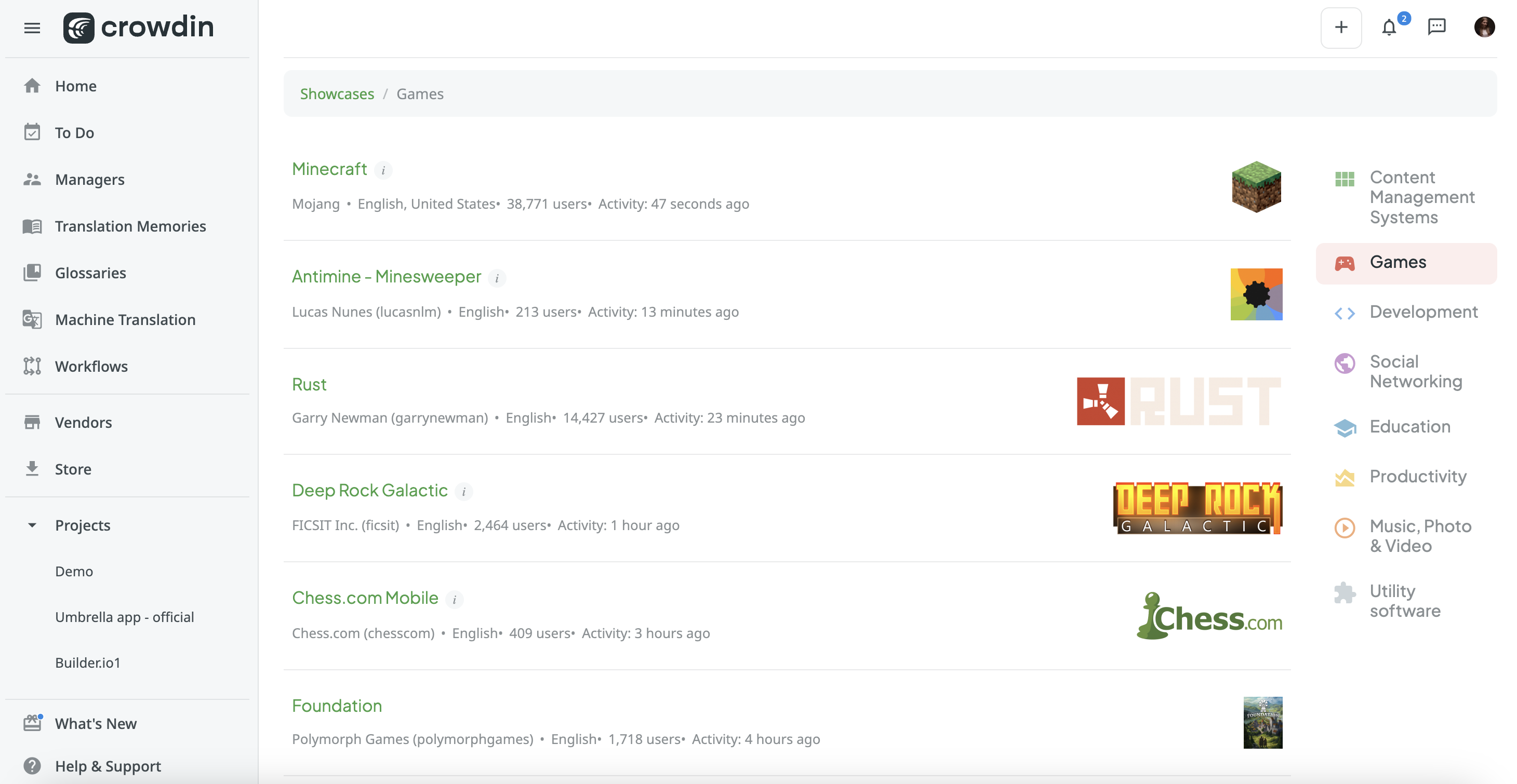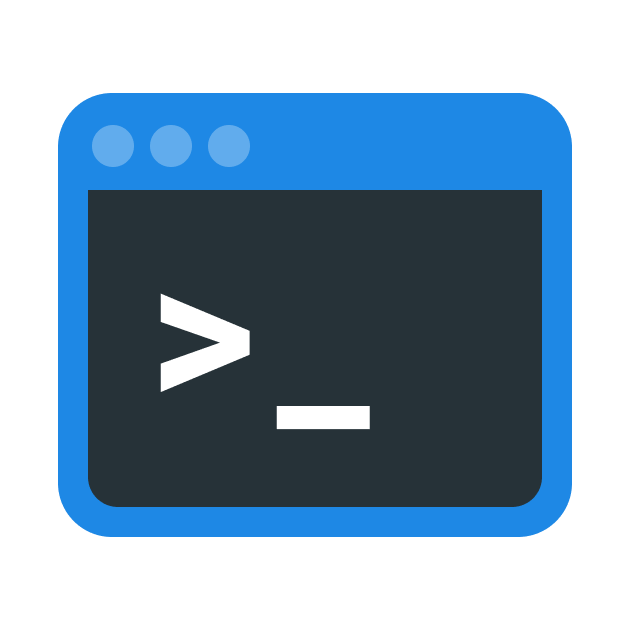
In global business, companies have to adjust to different cultures and preferences. Localization strategy is all about tweaking products and services to fit the needs of a new market. It’s super important as businesses grow internationally and want to connect with different groups of people.
This article explains localization strategy and why it’s a big deal in global business. We’ll share seven tips to help companies do localization well, like understanding local cultures, adapting language, and following the rules. These simple tips will allow businesses to do well in global markets.
Using Technology Solutions
Technology is vital in streamlining the localization process and providing localization strategy. Utilizing localization software and tools, such as translation and content management systems, can help businesses automate various aspects of the localization workflow.
Invest in user-friendly cloud localization software and provide training to employees on software usage. By leveraging technology, businesses can automate various aspects of the localization workflow and stay agile while reaching new markets.
Ensure that the software has all the features needed, for example, context providing, comments, In-context preview, QA checks, Glossary, and Translation Memory. Check if the tool is suitable for translating your type of content, such as software, websites, games, mobile apps, help centers, etc.
Integrations for Content Synchronization
Choose a localization tool with various integrations to easily synchronize content to and from the tool where you store your content. Forget copy-pasting and connect your CMS, marketing, development, e-commerce, gaming, design, or any other tool.
Software Localization
Software localization is adapting software to a specific locale or market. This involves translation of various components like user interfaces, menus, error messages, and help files into the language of the target audience. Additionally, localized software may require adjustments in date and time formats, currency symbols, units of measurement, and other elements to match local standards.
Software localization also deals with technical aspects. This includes ensuring that the software supports non-Latin characters and is encoded correctly. Layout and design modifications may be necessary to accommodate differences in text length between languages. Finally, testing is conducted to detect and rectify any issues that may arise during the localization process.
Mobile Apps Localization
Mobile app localization involves adapting the app’s interface, content, and functionality, including translating all text elements within the app, such as menus, buttons, and descriptions, into multiple languages.
For developers aiming to localize the product using platforms, as the App Store and Google Play Store, it’s essential to localize all aspects of the app, including adapting app store descriptions, screenshots, and promotional materials to resonate with users in different markets.
Additionally, mobile app localization extends beyond language translation to consider factors like date and time formats, currency symbols, and measurement units, ensuring the app feels familiar and relevant to users worldwide.
Mobile App Preview
Ensure that the software has an integration, like Appetize, used for mobile app demos, development, testing, and more. With its help, developers can run new app versions in browsers or on their devices before the official release. Check if the software has an app that allows translators to run the app directly in the editor while working on translations.
Download Free E-book About Mobile App Localization
Website and CMS Content Localization
Key aspects of website and CMS content localization include translating website text into the target language, adjusting images and multimedia content to align with cultural sensitivities, and modifying the overall design to accommodate language-specific preferences. Additionally, during website localization, you may need to consider factors such as date and time formats, currency symbols, and other region-specific elements to enhance user familiarity and usability.
Marketing Content Localization
Multilingual marketing involves adapting messaging, visuals, and promotional materials to suit the preferences of the target audience. This ensures that marketing materials are not only linguistically accurate but also relevant to the local context, maximizing the impact of the message.
Key elements of marketing content localization include translating text into the language of the target audience, adjusting imagery, and tailoring the overall tone and style. Additionally, marketing campaigns may need to consider region-specific factors such as holidays, events, and local trends to create timely and relevant content.
Help Center Localization
Help center localization is crucial for providing effective support to users around the world.
One key aspect of help center localization is translating written content, including support articles and FAQs, into the languages spoken by the target audience. This ensures that users can access relevant information and troubleshooting guides in their preferred language, enhancing their overall experience with the product or service.
In addition to language translation, help center localization also involves adapting visual elements, such as images, screenshots, and videos, to ensure they are relevant and understandable to users from different language backgrounds. This helps to clarify instructions and troubleshoot issues effectively, regardless of language barriers.
Another important aspect of help center localization is ensuring that the navigation and structure of the help center are intuitive and user-friendly for speakers of different languages. This may involve organizing content by language, providing language-specific search functionality, and implementing language-switching options to allow users to switch between languages easily.
Game Localization
Game localization makes them accessible and enjoyable for players worldwide.
One essential aspect of game localization is translating in-game text, dialogues, menus, and user interface elements into the languages spoken by the target audience. This ensures that players can navigate the game and understand the storyline without language barriers, enhancing their overall gaming experience.
Beyond language translation, game localization also includes adapting game content, including visuals, symbols, characters, and references, to align with the preferences of the target audience. By incorporating elements that resonate with players, games can create a more immersive and engaging experience.
In addition to linguistic adaptation, games localization may also involve technical adjustments to accommodate regional differences in hardware, software, and regulations. This includes modifying gameplay mechanics, adjusting graphics settings, and ensuring compliance with local laws related to content rating and censorship.
Work with Your Team of Language Experts
Language is a critical component of localization strategy, and accurate translation is a key to effectively reaching global audiences.
Localization means making your project understandable to people who speak different languages. To do this well, you need accurate translations. You can gather a team of translators and proofreaders to help with this. You can allow your language coordinator or manager to invite trusted team members to assist with translations, keep track of deadlines, and ensure quality.
To get started, you can send email invitations or unique links to people you want to invite to work on your project. You can invite in-house translators, freelance translators, and translation agencies you’ve worked with.
You can customize what each person can do, whether they’re translating, proofreading, or managing languages, based on what you need for your project.
Order Expert Translations Services
Employing professional translation services ensures that content is not only translated accurately but also takes into account linguistic nuances and idiomatic expressions.
Take a look if the software has Vendors Store, where you can find a variety of professional translation agencies ready to help with your project’s translation and proofreading tasks. You can see the full list of available agencies in Crowdin by going to Crowdin Store > Vendors.
Some translation agencies work with Crowdin using its API. Working with these agencies means Crowdin can send your content directly to them for translation. Once they finish, the translations will be seamlessly added back into your project. The cost of professional translation services depends on the details of your project. You’ll get an estimate or negotiate the price during the purchasing process.
Customize Machine Translation Engines
Crowdin works well with popular Machine Translation (MT) tools like Microsoft Translator, Google Translate, Google AutoML Translation, DeepL Translatorr, Watson (IBM) Language Translator, and Amazon Translate.
You can adjust these tools to fit your needs. This allows for either manual or automatic pre-translation using MT. After that, human translators can check these translations and make changes if needed. Alternatively, you can set up your favorite MT tool to show machine translations as suggestions in the Editor. This helps your translators with their work.
Use AI Translations
Crowdin AI providers include OpenAI, Google Gemini, and Microsoft Azure OpenAI, allowing you to select the technology best suited for your project’s needs.
Translate your content with Crowdin AI
Context AI vs. MT
Crowdin’s AI Assistant provides translations that understand the context, unlike regular machine translation engines. You can specify the context at various levels - project, file, key/string, and translator session.
Fine-tuning
With Crowdin’s AI Assistant, you can fine-tune models to create a personalized AI translator for your organization. You can train and retrain the model using your resources like glossaries and previous translations. The new model will be saved separately, so you can always return to the firts one. For this, go to Profile > AI Assistant (on the left-side menu) > Configure (Fine-tuning) > Select language, model, glossaries, translation memories > Submit. You will see the approximate price before training your model.
Manage Your Translation Projects with AI
AI allows you to request suggestions, corrections, definitions, synonyms, and much more. You can also pre-program any actions for AI to be shown and ready to use on Editor while working on the text.
AI can help with suggestions, corrections, definitions, synonyms, and more during translation work. You can also set up AI to be ready for specific tasks while editing the text.
Fast Translations
AI makes the translation process faster, so you get content faster. Companies like Ajax Systems use AI to get content translated three times faster.
Engage Your Community
If you have a popular product and a community that wants to help with translations, think about starting a crowdsourcing project. Working with community members voluntarily creates a good relationship where you can thank them for their efforts with gifts, discounts, or other ways of showing appreciation, but remember to ensure the quality of community translators.

When working with community translators, an excellent way to go is for community members translating the project content. After that, you can get professional proofreading services from a translation agency to ensure the translations are high-quality.
































